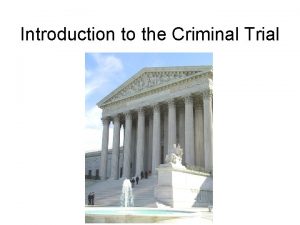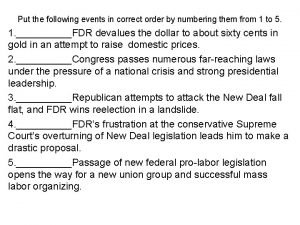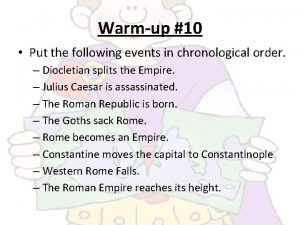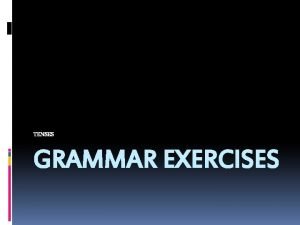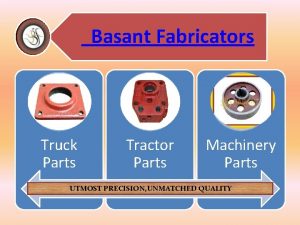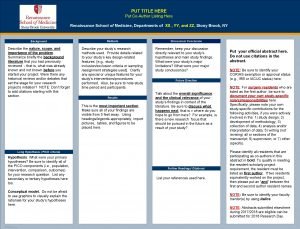PARTS TO A TRIAL Put the following parts











- Slides: 11

PARTS TO A TRIAL

Put the following parts to a Trial in Order from Beginning to End Jury Instructions Closing Statements Rebuttal Direct Examination by Plaintiff Direct Examination by Defense Motions Cross Examination by Plaintiff Opening Statements by Plaintiff Cross Examination by Defense Verdict Opening Statements by Defense

Opening Statements Plaintiff / Prosecutor: Explanation to judge or jury why the Defendant is guilty, describes the evidence that will be presented that proves allegations Defense: Explanation to judge or jury why Defendant is innocent, describe evidence that will be presented that disproves allegations

Direct Examination by Plaintiff/Prosecutor Each witness is examined by attorney and presents evidence that favors the Plaintiff/Prosecution Cross Examination by Defense- wants to breakdown or discredit witness

Motions If Plaintiff or Prosecution fail to establish case with their witnesses, Judge may grant motion to end case

Direct Examination by Defense Each witness is questioned in order to present evidence that proves Defendant innocent Plaintiff/ Prosecution cross examine

Closing Statements Plaintiff/Prosecution reviews evidence presented, why defendant is guilty (criminal) or why should find judgment in favor of Plaintiff (civil) Defense delivers their closing statement but why Defendant is not guilty (criminal) or why should find judgment in favor of Defendant

Rebuttal Plaintiff or Prosecutor can make additional closing arguments to jury that respond to the defense’s closing arguments

Jury Instructions Judge instructs jury as to the laws that apply in case.

Verdict Jury must reach unanimous decision in order for a verdict. If jury can not reach a unanimous decision the case may be re-tried.

Steps to a Trial 1. Opening Statement by Plaintiff/Prosecution 2. O. S. by Defense 3. Direct Examination by Plaintiff/Prosecution 4. Cross-Examination by Defense 5. Motions 6. Direct Examination by Defense 7. Cross Examination by Plaintiff 8. Closing Statements Plaintiff/prosecution 9. Closing Statements by Defense 10. Rebuttal by Plaintiff/Prosecution 11. Jury Instructions 12. Verdict
 Othello put out the light
Othello put out the light Put your right foot in put your right foot out
Put your right foot in put your right foot out Court
Court Rearrange the sentence
Rearrange the sentence Put the words under the following headings
Put the words under the following headings Put the following action in order
Put the following action in order Place the following events in chronological order.
Place the following events in chronological order. Photo
Photo Write the letter in correct order
Write the letter in correct order Put the following sentences into the correct tense
Put the following sentences into the correct tense Hình ảnh bộ gõ cơ thể búng tay
Hình ảnh bộ gõ cơ thể búng tay Lp html
Lp html


